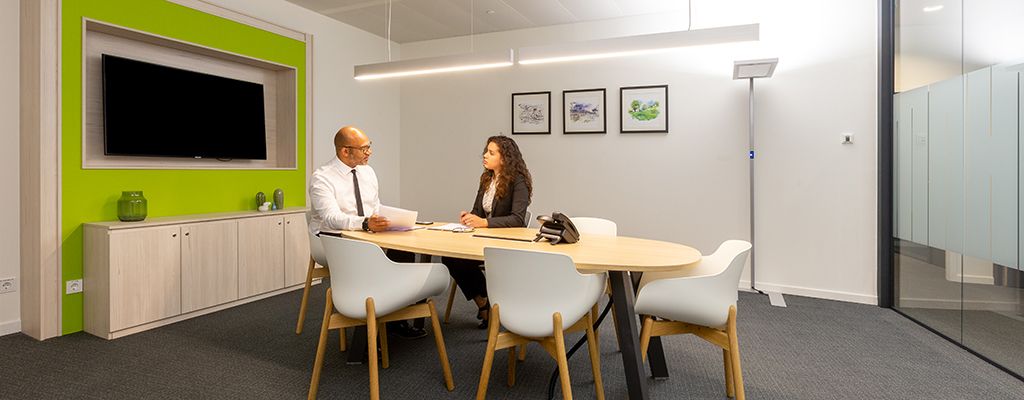
Reading time: 2 Minutes
Utilising specialist meeting rooms helps you keep cost-per-hire in line, while still enabling you to attract the best staff
It’s undeniable that one of an organisation’s most valuable assets is its people.
In the past, a company’s real value may have lain predominately in its bricks-and-mortar holdings, machinery and the processes it used to manufacture products but, increasingly in a knowledge-based economy, it is the skills, creativity and education of staff that enables a company to flourish.
With this in mind, it’s becoming ever more important for any firm – regardless of size – to hire the very best. Often termed the ‘war for talent’, it is the frontier upon which all modern firms will find themselves competing in years to come.
The concept of ‘cost-per-hire’ is therefore something that every business should bear in mind. This simple, mathematical recruitment metric enables companies to quantify how much it costs to bring talent on board.
The way cost-per-hire was calculated varied until 2012, when the Society of Human Resource Management (SHRM) and the American National Standards Institute (ANSI) teamed up to produce standard formula for calculating the cost. This was defined as: internal recruiting costs plus external recruiting costs, divided by total number of hires.
Internal costs can refer to staffing the recruitment process (HR salaries), learning and development costs, redeployment of staff for events such as recruitment days, and conducting interviews. External costs might include the retention of recruitment agencies and jobs boards, assessment days, travel expenses, aptitude tests, and relocation expenses.
The total number of hires is measured differently depending on the company but would usually include both full- and part-time staff who have been through the hiring process and are on the company payroll. With some firms, fixed-term contracts may also be included, as might spending on external workers like consultants and contractors. And it’s also important to note this figure can vary further depending on type of hire and level of seniority.
It may also alter depending on the number of people being hired in one go. Economies of scale dictate that deploying HR staff to conduct group interviews and inductions will be cheaper than engaging one new hire at a time.
There is also the size of the company to consider, and the specialism of the role, industry and seniority of the positions being filled. As a broad benchmark, though, the Society for Human Resources Management states the average cost per hire is just over $4,000 – but this figure jumps to $14,936 for an executive-level employee.
The importance of having access to these metrics is vital for budgeting, and helps to see where HR spending is going. There are several ways to reduce hire costs, such as using online jobs boards, conducting group interviews and even outsourcing the entire hiring process – although this can mean costs being driven up due to agency fees.
Another way to reduce costs is by booking a meeting room for the exact amount of time you need it. As well as reducing the disruption to your own operations, hiring a room by the hour also means costs are kept to a minimum and can be factored into expenditure from the outset. An added benefit to this is that the room can be booked in a more convenient location, enabling you to keep travel costs down for everyone involved.
Discover how your recruitment process could benefit from a Regus meeting rooms


